Tool Steel
Build tool steel components faster with ADDere
Tool steel is made from carbon steels and alloy steels that are particularly well-suited to be made into tools and tooling, including cutting tools, dies, hand tools, blades, etc. Their suitability comes from their distinctive hardness, resistance to abrasion and deformation, and their ability to hold a cutting edge at elevated temperatures. As a result, tool steels are suited for use in the shaping of other materials, for cutting, machining, stamping or forging.
Tool steels are produced under strictly regulated circumstances to obtain the appropriate quality, with a carbon concentration ranging from 0.5% to 1.5%. The presence of carbides in their matrix plays the dominant role in the qualities of tool steel. The four major alloying elements that form carbides in tool steel are tungsten, chromium, vanadium and molybdenum. The rate of dissolution of the different carbides into the austenite form of the iron determines the high-temperature performance of steel. For these steels to operate as intended, proper heat treatment is crucial. To reduce the likelihood of cracking during water quenching, the manganese content is frequently kept low.
There are six groups of tool steel: water-hardening, cold-work, shock-resistant, high-speed, hot-work and special purpose. The choice of group to select depends on cost, working temperature, required surface hardness, strength, shock resistance, and toughness requirements. The more severe the service condition such as high temperatures, corrosiveness, etc, the higher the alloy content and consequent amount of carbides required for the tool steel.
ADDere’s additive manufacturing can streamline the development and production process of large-scale components made from tool steel. Contact us today and see if your manufacturing operations can benefit from ADDere’s additive manufacturing with tool steel.
do you want to learn more about ADDere's products and services?
What's going on at ADDere
Latest Blog Posts
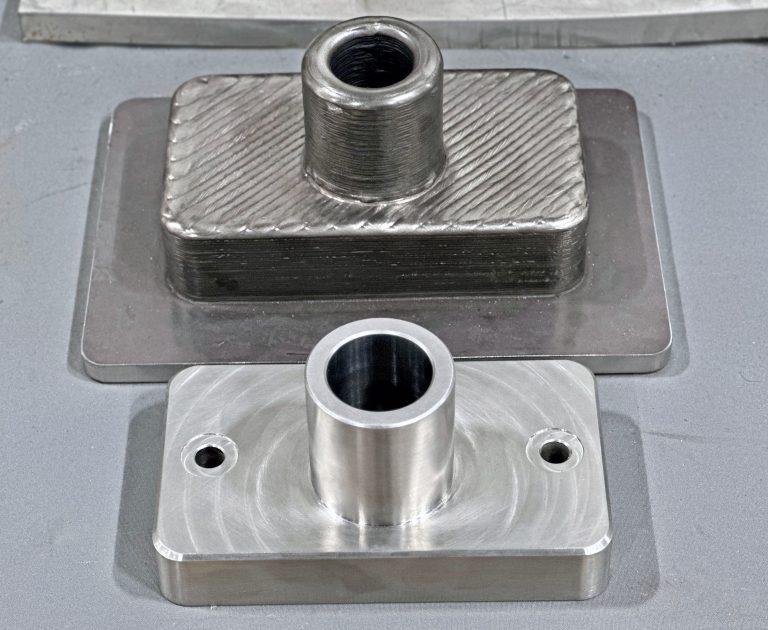
Are 3D Printed Metal Parts Produced with ADDere Strong?
ADDere’s additive manufacturing has revolutionized the production of strong metal-alloy parts, offering unprecedented flexibility and precision. One of the most exciting developments in this field
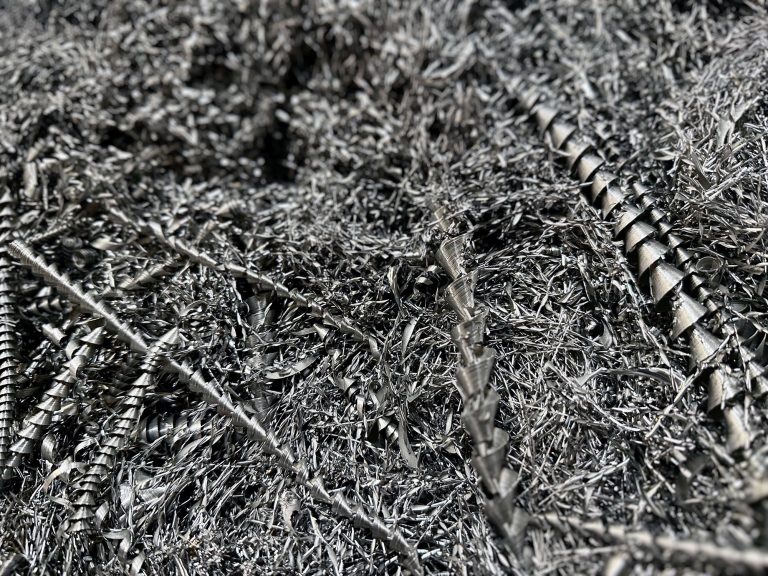
Mitigate Tariffs on Steel by Reshoring Your Manufacturing with ADDere
When it comes to large-scale metal parts manufacturing, ADDere can be a lifesaver for many businesses concerned with high import prices of steel. For decades,
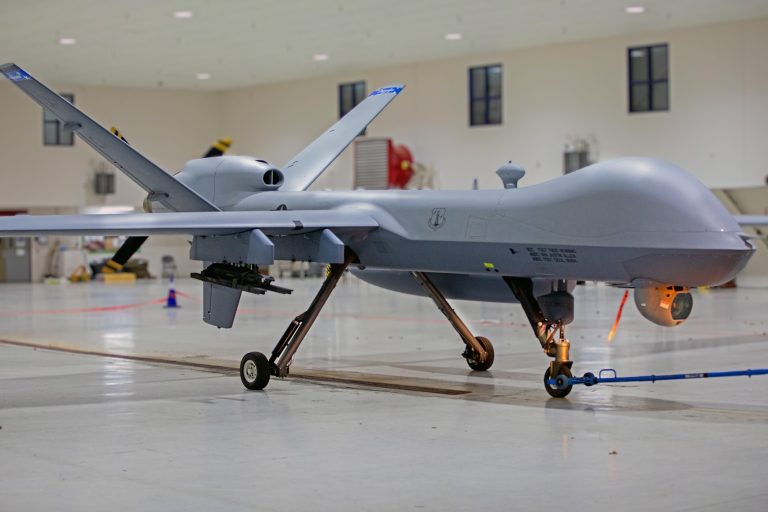
Harnessing ADDere’s Additive Manufacturing Process for Next-Generation Drones
Industrial applications of drones are soaring to new heights in 2025. From utilities and infrastructure inspection to agriculture and defense applications are industries that will
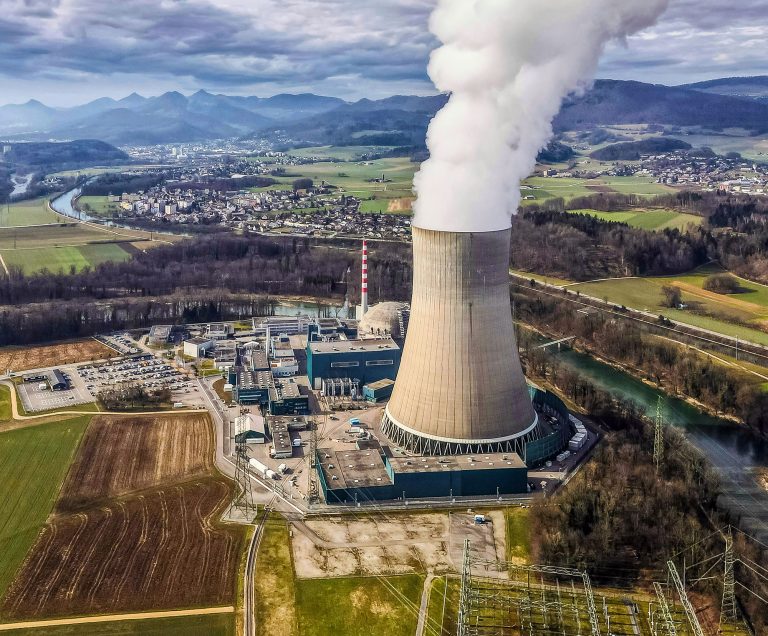
From Concept to Core: How ADDere Transforms Nuclear Reactor Components
Additive manufacturing has been gaining traction in the nuclear energy industry. The development and maintenance of nuclear reactors demand components that meet stringent safety standards
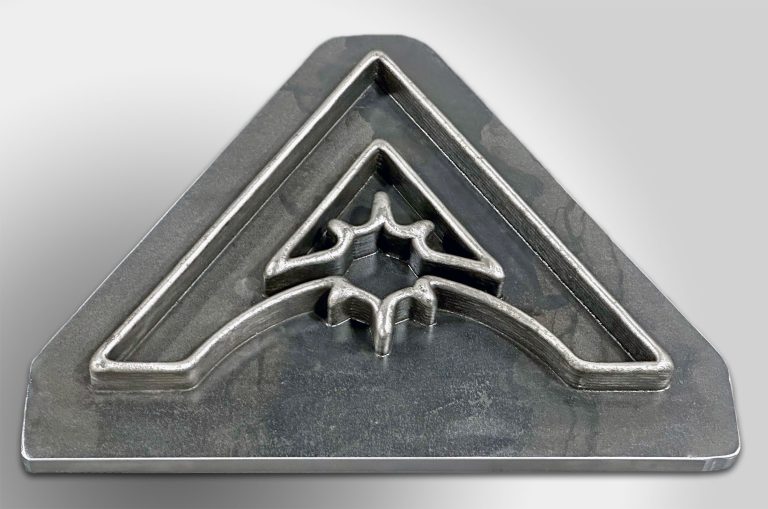
White Paper: The Impact of Additive Manufacturing on Cost, Efficiency & the Future
ADDere’s metal laser-wire additive process is a proven technology for producing complex large-scale metal parts for the defense and aerospace industries. With increasing interest in
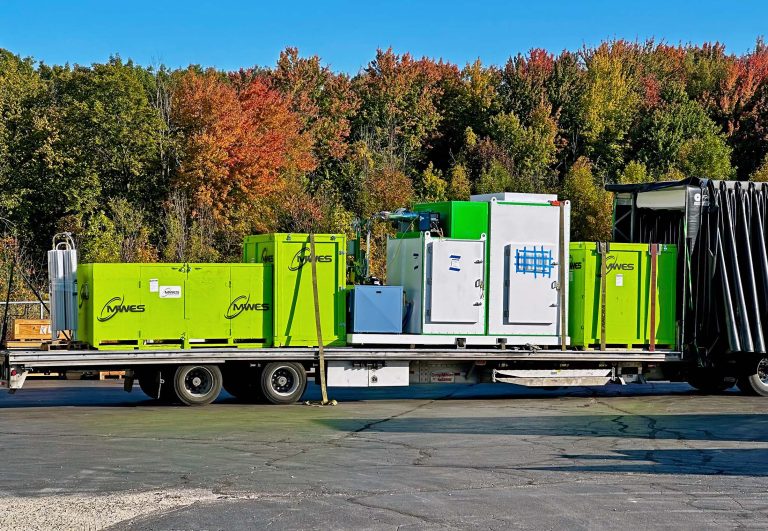
Cost-Benefit Analysis of ADDere’s Additive Manufacturing Process
ADDere’s metal additive manufacturing process has transformed the manufacturing landscape by enabling the production of complex parts with unprecedented precision. Additive manufacturing has evolved from

